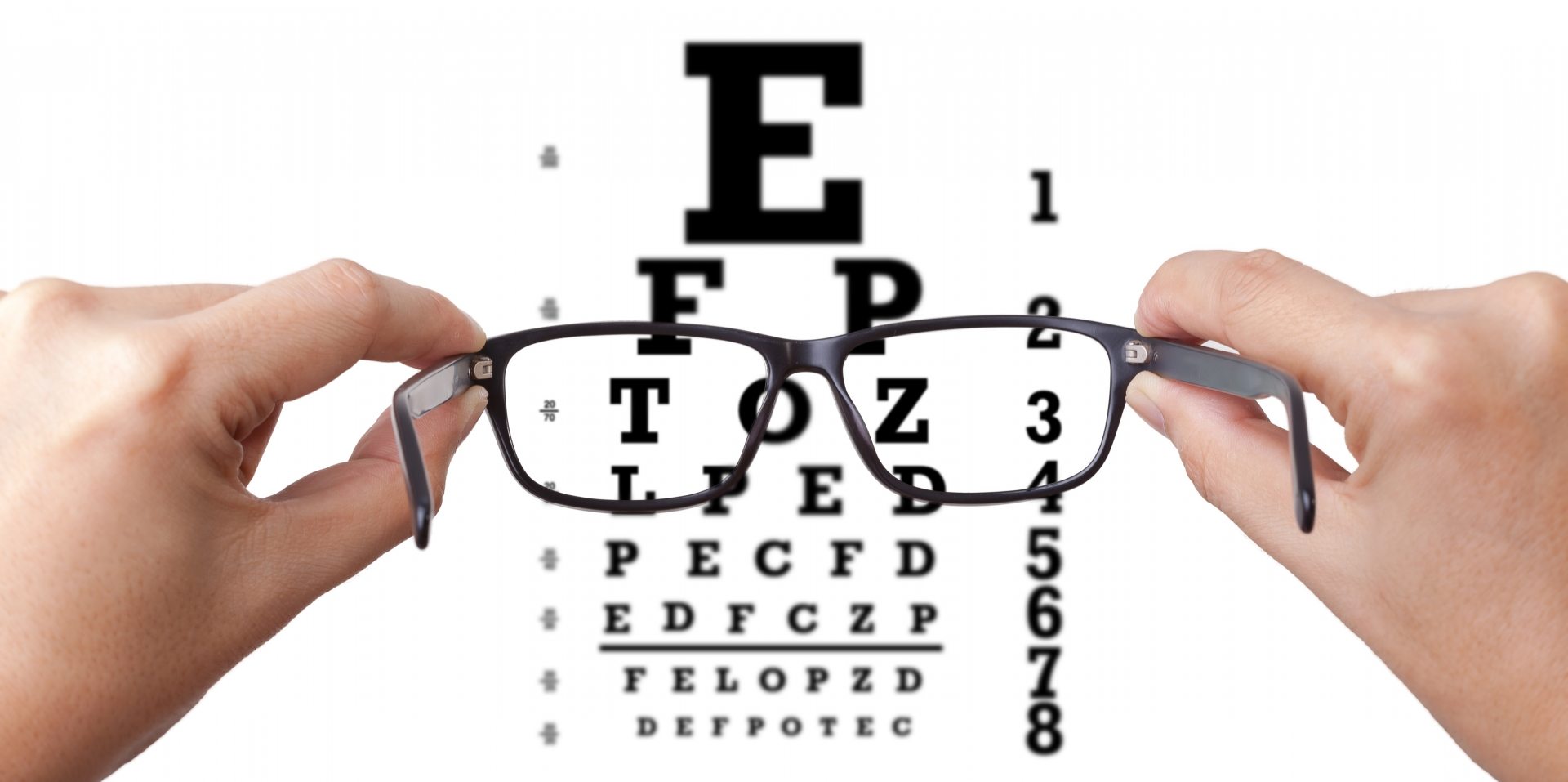What a ride it has been since that moment sitting on my tractor when the vision for PebblePost sparked our journey proving up the power of Digital To Home. We have many constituents to be thankful for, including our brands, team, investors and board. It takes a village to raise a startup, and we couldn’t be more thrilled with the progress and momentum enabled by everyone’s contribution and support.
Our CEO Jacob Ross had a great post that outlined the company’s progress and momentum as we celebrate one year of profitability. Please check it out.
To summarize: We are celebrating our first full year of profitability, with over 100% annual growth of revenue and expanding EBIT. We are close to a doubling of our team (many returning from COVID furloughs as well as new team member additions), we beat marketers’ goals 98% of the time, and our proprietary graph in our data network of several hundred brands now covers 97% of all U.S. households by address, with behavioral activity and attribution by purchase channel. Over 10,000 data events are processed for every piece of PDM rendered and assigned in a campaign.
I couldn’t be more proud of all on our team, and want to take a moment to share some of the vision points from our journey that set us off on this exciting adventure - one that is just beginning.
Driving the Point Home
When we first pitched PebblePost and launched PDM, many people in the marketing technology space thought, to put it charitably, the idea seemed counterintuitive. Physical mail? In a digital world? What were we thinking? One CMO joked that we were “chasing dodo birds.” A Venture Capitalist said, “Just what the world needs: automated junk mail.” This couldn’t be further from the reality that many have now come to understand.
I boiled our philosophy down to a construct called 90/90/90:
- 90 percent of actionable 1:1 intent data is now available online
- 90 percent of meaningful purchase decisions are made at home
- 90 percent of purchases are not made online
This adds up to a very powerful way to execute marketing by capturing real-time online intent data, sending relevant physical media to home, and enabling purchases across all points of sale — especially the physical world. Many other marketing channels, while effective, don't score highly on all three components of 90/90/90.
The pandemic strengthened both our and marketers’ belief in 90/90/90, amplifying every point of our Digital To Home strategy.
First, there was so much more online interest and intent behavioral activity as people worked remotely and engaged with digital devices. Second, awareness of the middle “90” — which recognizes the home as an ever-more-important environment — almost certainly went up. Marketers saw people spending less time in stores, making even more of their meaningful purchase decisions from home. And lastly, the importance of physical locations to execute purchase decisions sent shockwaves through our economy. Yes, eCommerce and especially some verticals got a pandemic boost, but many received a rude awakening as to the importance of physical locations with the great reduction in purchases that would have otherwise occurred “in store.”
Activating Decisions at Home
That phrase, “the comfort of home,” is not simply an expression. As more and more families transitioned to remote work (and school) and spent far less time in public, the idea of the home as a “safe space” took on greater significance. And it is where 90% of meaningful purchase decisions are made. Further, most of the decisions are made with multiple constituents in the process - primarily friends and family, both in the home and remotely by device sharing/communication.
Some of these trends toward spending more time at home appear permanent. One estimate is that the amount of remote work will remain at levels four to five times what they were before the pandemic. At the same time, cabin fever and screen fatigue have reached new levels. Human beings can be homebodies, but are also highly social creatures who need to get out of the house and spend time with other people on a regular basis.
The verdict could not have been clearer: The economy — and the country — cannot survive on online purchases alone. As the economy reboots, an amazing thing is happening: Not only are brick-and-mortar retailers reopening, but many brand-new outlets are opening, as well. That includes malls, which were prematurely and widely reported as left for dead (again).
A Day In the New Normal
Add it all up, and you’ll see why brands have recognized that PDM was a great idea. If anything, it’s an even better idea today than it was at the beginning. Here’s how it plays out: You spend all day in your home office, bouncing from Zoom calls to emails to texts. You need a break from the incessant digital focus.
A doorbell rings and you leave your chair and your device and eagerly head for the front door. Respond quickly enough, and you can deliver an in-person hello to the delivery person — a simple human exchange not filtered through a screen.
You go through your mail, relevant items “survive the sort,” and go in your “short stack.” Perhaps you sort/save a high-quality and relevant marketing piece that offers information about a purchase that you’re considering. You linger over it, absorbing the details. Then you leave it in the designated “short stack” place in your home so your roommate or spouse can look at it later or you can ping a friend about it. And so it goes.
We enable brands to continue a relevant dialog in the home with consumers, activate their decisions, and empower those consumers to take action when they want, where they want, and how they want. This includes desktop web, mobile web, in app, mail order, telephone order, and physical location (where most transactions happen).
Our vision has been to solve big problems in the world of marketing, focusing on relevancy with respect, while also keeping efficiency and efficacy in harmony. The mission has been to enable data-driven decisioning with high levels of automation that continually enhances the efficiency and efficacy of the marketer’s goal into home.
We have proven our Digital To Home vision and mission, thanks to great efforts by our brands, team, investors, and advisors. They all believed in what we pioneered and are reaping the benefits with us.
Momentum, Momentum, Momentum
This is pretty cool:
- We celebrated sending our 100 millionth piece of PDM the day it happened.
- We are celebrating the 200 millionth piece of PDM sent in JUST 26% OF THE TIME it took to send the first 100M.
- And we are seeing that 200M milestone WILL DOUBLE to our 400 millionth piece of PDM sent in about 20% less time than it took to go from our first 100M to 200M.
Wow.
It seems we have achieved escape velocity, a long way from the tractor. And when it comes to 90/90/90, our vision is still 20/20. And a most special thank you to our PebblePost management and team members for the incredibly successful execution of the vision into all of our great results!


 Chairman and Founder at PebblePost, former VC in adtech, long-time endurance athlete, happy dad to “The Heathens.”
Chairman and Founder at PebblePost, former VC in adtech, long-time endurance athlete, happy dad to “The Heathens.”